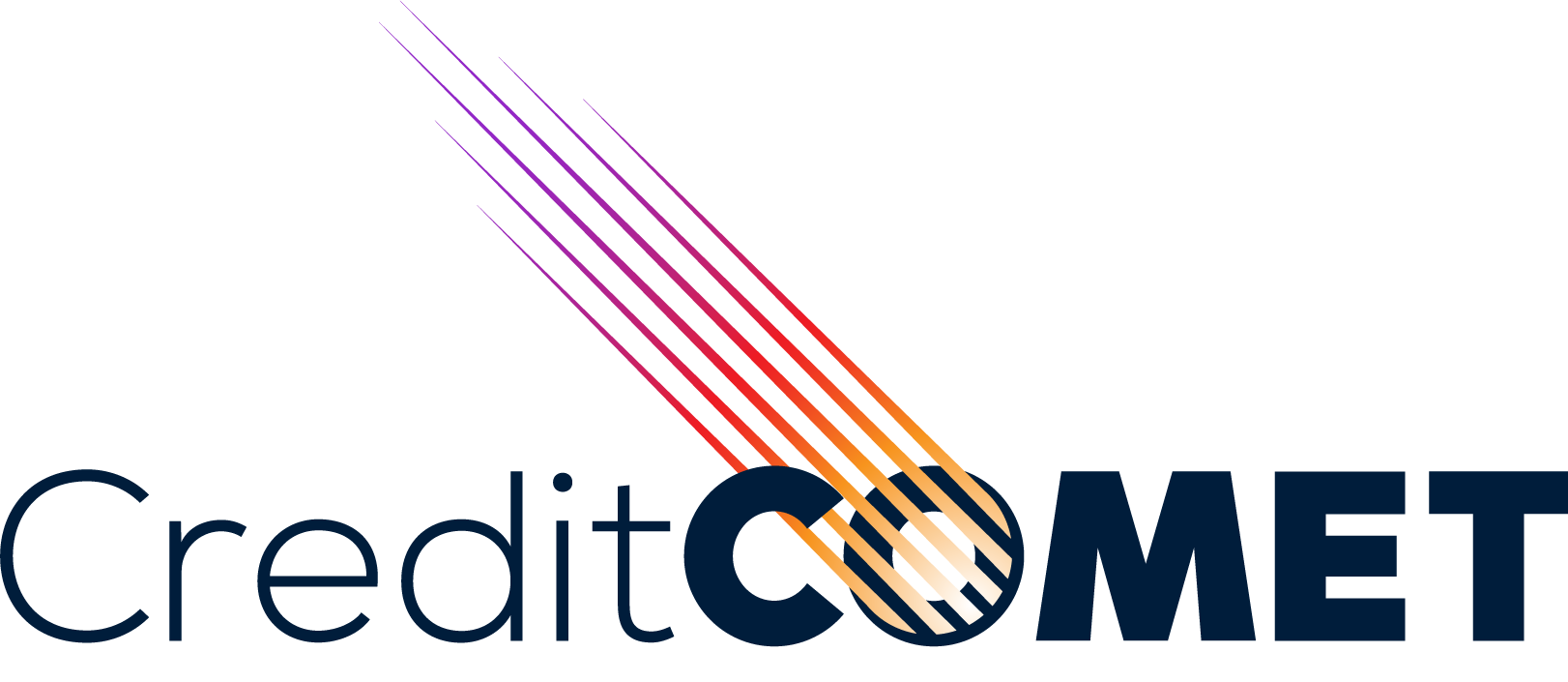Understanding the ins and outs of credit can be intimidating, but a line of credit can offer a flexible financing option for various personal and business needs. This guide will highlight how to choose the right line of credit based on your credit score and how to use it effectively.
I. What is a Line of Credit?
A line of credit is a credit facility that offers flexible access to funds for various purposes, including financing a significant purchase, managing unexpected expenses, and other financial needs. Unlike traditional loans, lines of credit offer a revolving credit limit that you can borrow against as needed. The interest rates on lines of credit are typically lower than credit cards and offer more flexibility in borrowing and repaying.
II. Understanding Your Credit Score:
Your credit score plays a significant role in determining your eligibility for a line of credit and the interest rates and terms you receive. Here’s a breakdown based on credit score ranges:
Excellent (720-850):
Individuals with excellent credit can access a wide range of lines of credit with favorable terms. Consider premium credit cards and low-interest personal lines of credit.
Good (680-719):
Individuals with good credit qualify for most lines of credit but may expect slightly higher interest rates. Explore personal lines of credit, credit cards, and home equity lines of credit (HELOCs).
Fair (620-679):
Individuals with fair credit have limited options available with higher interest rates. Secured credit cards and personal lines of credit may be viable options.
Poor (300-619):
Individuals with poor credit have limited access to traditional lines of credit. Consider secured credit options or credit-building products.
III. Choosing the Right Line of Credit:
Ensure that the type of credit product you choose aligns with your credit score to get a favorable perspective.
Credit Cards:
Those with excellent and good credit can opt for premium credit cards with rewards. Credit options for individuals with fair credit include secured or subprime credit cards.
Personal Lines of Credit:
Unsecured personal lines of credit offer lower interest rates to those with excellent and good credit. Secured personal lines or credit builder loans cater to those with fair credit.
Home Equity Lines of Credit (HELOCs):
Individuals with excellent and good credit qualify for access to larger amounts with competitive rates. Those with fair credit have limited options that may require collateral.
IV. When to Get a Line of Credit:
The timing of when to apply for a line of credit is critical. A few scenarios where you can apply are emergencies, building credit history, and significant expenses.
V. How to Apply for a Line of Credit:
The application process involves analyzing your credit report to ensure accuracy and identify areas you can improve to succeed in the loan application process. Research and compare the interest rates and conditions available from various financial institutions. After assessing your available options, submit an application, and review the offers you receive before selecting the most suitable option.
VI. Responsible Credit Management:
It is important to manage your line of credit responsibly, to safeguard your credit health. Here are some practical tips to help you manage the line of credit effectively.
Budget Wisely:
Create a budget to ensure you can comfortably manage repayments without accumulating excessive debt.
Make Timely Payments:
Make your payments on time to avoid late fees and maintain a positive credit history.
Monitor Your Credit:
Regularly check your credit report to track your progress and address any issues promptly.
Avoid Maxing Out Credit Limits:
Utilize your line of credit responsibly and avoid reaching the maximum limit to maintain a healthy credit utilization ratio.
VII. Benefits of a Good Credit Score:
Maintaining a good credit score can open various financial opportunities, an individual with good credit can:
- Enjoy lower interest rates
- Have access to better terms
- Get approval for premium products.
Conclusion:
A line of credit is a flexible financing option that can benefit individuals to manage their finances effectively. By following this comprehensive guide, choosing the right line of credit becomes more straightforward. Choose a financial institution offering competitive interest rates and favorable repayment terms, manage credit responsibly, and unlock greater financial stability and security. Remember, responsible credit management is the foundation of a healthy credit score and greater financial freedom.

